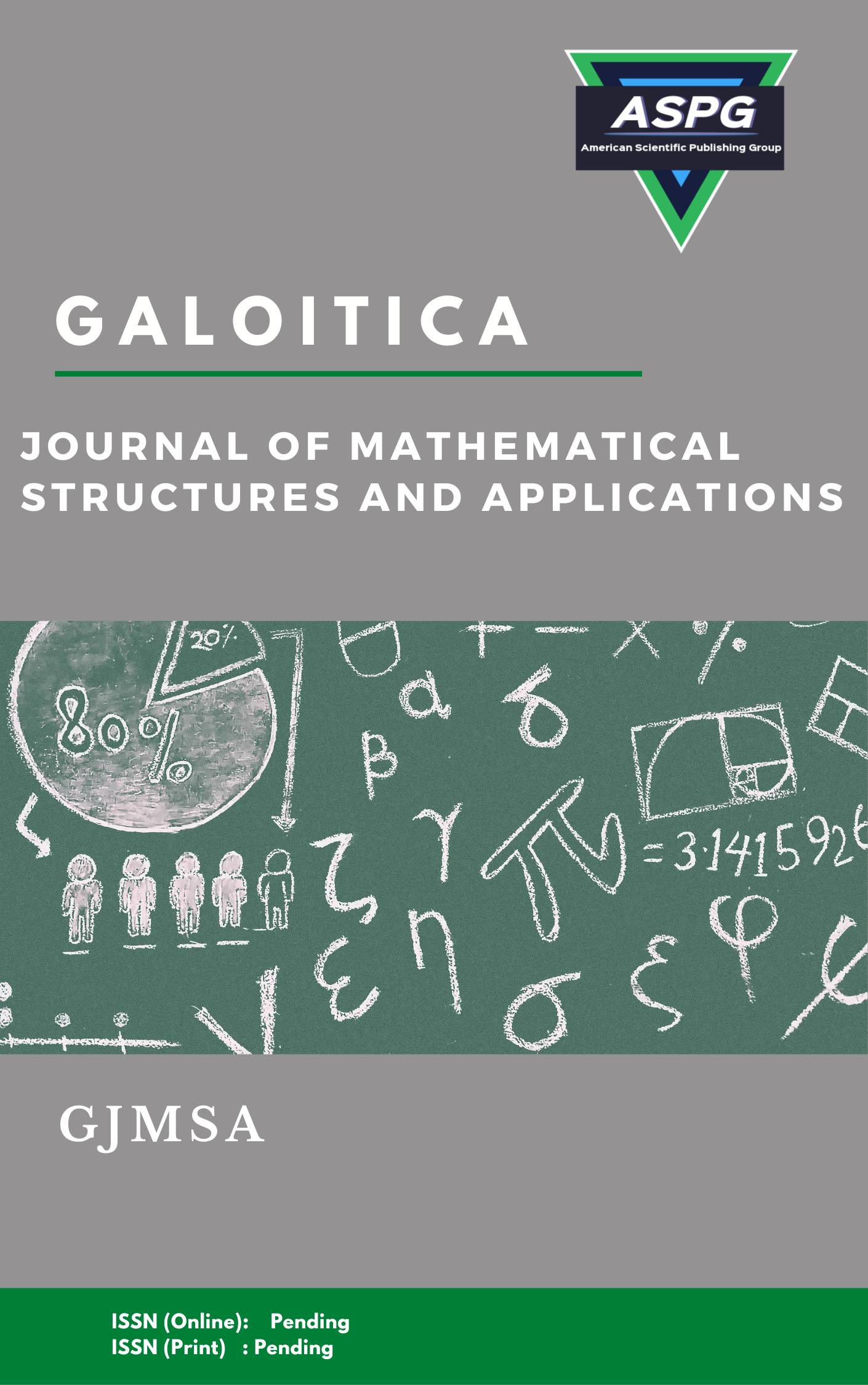

Routing and mobility in the network is a major in the field of wireless networks MNAET research and contributes greatly to the improvement of the performance of these networks, and achieving the best advantage of the available package which increases the yield and reduces network congestion. The importance of research is that it seeks to provide solutions for routing in MANET networks effectively and with high reliability and that the solutions offered are adapted to changes in the network topology. In addition to the above, it highlights the quest to find a solution to the two types of malfunctions resulting from roaming contracts, which has become necessary to ensure the best performance for this type of network, where you get these malfunctions in the most current routing algorithms.
Read MoreDoi: https://doi.org/10.54216/GJMSA.080201
Vol. 8 Issue. 2 PP. 08-15, (2023)
This paper presents Improving performance of 112 Gbit/s optical coherent communications systems using digital signal processing techniques to compensate linear impairments that are exposed to the signal during its propagation in optical fiber. In this paper, different multi-level modulation formats (DP-QPSK, DP 8PSK, DP- 16PSK and DP-16-QAM) were compared for the same data rate at different distances from the transmitter without amplification. the comparison was done by measuring bit error rate value. We used digital signal processing techniques for linear effects compensation. Where chromatic dispersion was compensated using a simple digital filter, and Polarization mod dispersion was realized by applying the constant-modulus algorithm (CMA). The phase and frequency mismatch between the transmitter and the local oscillator in the receiver was compensated using the modified Viterbi-Viterbi algorithm. We used the Optical simulator Opti-system , which was linked with MATLAB R2011 in order to implementation DSP algorithms and analyze obtained results.
Read MoreDoi: https://doi.org/10.54216/GJMSA.080202
Vol. 8 Issue. 2 PP. 16-28, (2023)
This research studies the deviation of the output signal from stationary state by calculating stationary factor in differential filter with constant and non-stochastic coefficients, a stationary process is applied on its input. We show that this deviation is related to the degree of transformation the study range length and the form of a correlation function of the process applied on the input and the special solution of the equation LY=X and its correlation or un-correlation with that process.
Read MoreDoi: https://doi.org/10.54216/GJMSA.080203
Vol. 8 Issue. 2 PP. 29-33, (2023)
High-resolution technologies are aimed at obtaining a high-resolution image from a low-resolution image, and the importance of this field has increased due to the emergence of the need to have high-resolution images in many important applications such as medical, security, and other images. Methods for obtaining ultra-high-resolution images have developed after the advent of Deep Learning Technologies, which have shown good results in this task, Due to the importance of the field of ultra-high-resolution images and deep learning, In this article we will explain one of the deep learning models used to obtain a high-resolution image from a low-resolution image and how to build and train it based on one of the famous deep learning offices and using one of the google platforms used in training, namely Google Laboratory
Read MoreDoi: https://doi.org/10.54216/GJMSA.080204
Vol. 8 Issue. 2 PP. 34-42, (2023)